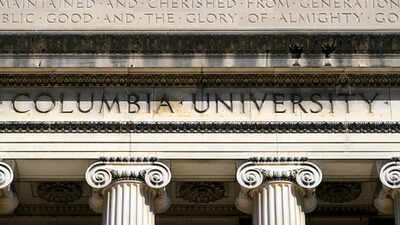ARTICLE AD BOX

The 270-year-old history of Columbia University
Columbia University, located in the heart of New York City, is more than an Ivy League institution—it is a living chronicle of American history, innovation, and leadership. Its journey from colonial classrooms to a global powerhouse spans over 270 years, producing Nobel laureates, world leaders, and groundbreaking discoveries along the way.
Colonial beginnings as King’s College
Columbia began as King’s College, established in 1754 under a royal charter from George II of Great Britain. Its first president, Samuel Johnson, an Anglican priest, guided the early curriculum, teaching classical studies, philosophy, and mathematics. The Revolutionary War disrupted the college’s operations, suspending classes for eight years and converting its building into a military hospital.In 1784, following America’s independence, the institution was renamed Columbia College to reflect the new nation.
Alexander Hamilton and John Jay, both alumni and founding figures of the United States, helped restructure the college under a private board of trustees. By 1789, the college had earned national recognition, with President George Washington and Vice President John Adams attending its commencement.
19th century expansion: Growth and inclusion
The 19th century brought expansion and modernisation. Columbia integrated its medical school with the College of Physicians and Surgeons in 1813 and moved to a Gothic Revival campus on Madison Avenue in 1857.
The late 1800s also saw the founding of Barnard College in 1889 to provide women access to higher education, as Columbia College initially remained all-male.Under the long tenure of Nicholas Murray Butler, Columbia embraced the multiversity model, becoming a research powerhouse. The 1896 move to Morningside Heights provided the space for innovation, research, and global influence.
20th century: Breakthroughs and activism
The 20th century solidified Columbia’s role as a hub of research and innovation.
Faculty were pivotal in the Manhattan Project, creating the first nuclear fission reactor in the Americas.Columbia also expanded educational access with the School of General Studies (1947) for non-traditional students and the School of International and Public Affairs (1946). Student activism peaked in 1968, leading to administrative reforms and the creation of the University Senate. In 1983, Columbia College began admitting women, integrating gender diversity while maintaining its affiliation with Barnard College.
21st Century: Global leadership and innovation
Today, Columbia is a global leader in research, education, and social impact. Under President Lee C. Bollinger, the university expanded the Manhattanville campus, launched the Columbia Climate School, and created initiatives like the World Leaders Forum and Committee on Global Thought.Columbia’s alumni and faculty include U.S. presidents, Supreme Court justices, Nobel laureates, and Pulitzer Prize winners.
From revolutionary-era classrooms to cutting-edge labs, the university has made landmark contributions in the brain–computer interfaces, nuclear research, space studies, and more.
Legacy of Columbia University
Columbia’s story is a testament to resilience, curiosity, and vision. From its colonial roots as King’s College to a global hub of discovery and leadership, the university continues to shape generations of thinkers, innovators, and leaders worldwide. Its history is not just about the past—it is a blueprint for shaping the future.



.png)
.png)
.png)
















 21 hours ago
3
21 hours ago
3







 English (US) ·
English (US) ·